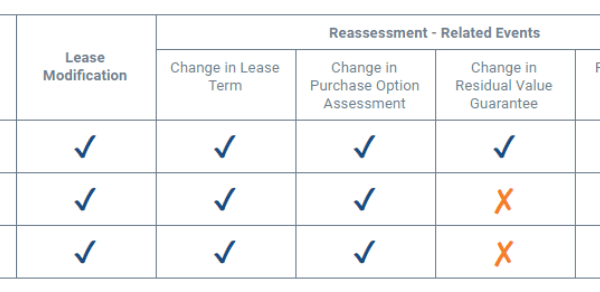This post originally appeared on Marketplace Advertiser, Connected Real Estate Magazine and is republished with permission. Find out how to syndicate your content with theBrokerList.
console.debug(‘TRINITY_WP’, ‘Skip player from rendering’, ‘is single: , is main loop: 1, is main query: 1’);console.debug(‘TRINITY_WP’, ‘trinity_content_filter’);
Many large property owners are not counting on the shopping center business recovering after the COVID-19 pandemic and instead are unloading malls from their portfolio through sales or letting lenders take over, The Wall Street Journal reports.
For example, global mall operator Unibail-Rodamco-Westfield sold three of its U.S. malls in 2020. The company plans to continue to decrease its 25-property portfolio in the U.S. in an effort to bring down its debt levels, executives said during a recent earnings call. The Paris-based Unibail-Rodamco bought Westfield Group in 2018 for approximately $16 billion. The purchase added 33 U.S. properties to mall operator’s portfolio, including high-profile shopping centers like the Westfield World Trade Center in Manhattan and Westfield Garden State Plaza in Bergen County, NJ.
The company shying away from U.S. malls three years later has revealed how the COVID-19 pandemic has driven a wedge in the retail CRE sector. Top-tier, Class A mall owners have managed to thrive and collect top-of-the-market rents, according to The Wall Street Journal. Maintained success has happened in part because the properties are located in more affluent neighborhoods with residents that managed to keep their jobs during the pandemic and are ready to spend again.
United States B and C mall operators are trying to shed their properties that have lost value, however. These properties are usually located in middle or lower-income neighborhoods that have a lot of new stores, but not enough customers with disposable income. Many of these malls have struggling department stores as anchors like J.C. Penney and Sears, or they did until the anchor store closed.
Meanwhile, non-anchor stores have not had it much easier. Clothing chains like Charlotte Russe and Payless ShoeSource have filed for bankruptcy, which caused U.S. malls’ valuations to decrease. Once valuations start to drop, mall owners have a more difficult time maintaining properties with mortgages that are underwater.
“For a large number of B (and) C malls, there is just no equity left,” Manus Clancy, senior managing director at real-estate data firm Trepp LLC told The Wall Street Journal. “COVID-19 might have hastened the process for owners giving up on malls, but it wasn’t the core reason for the current issues.”
Three publicly listed mall owners that have a number of lower-tiered malls have filed for bankruptcy protection. They’ve also either restructured their debt or are in the process of doing so, according to The Wall Street Journal.
Pandemic forces Unibail-Rodamco-Westfield to change mall plans
When Unibail-Rodamco-Westfield merged three years ago, the company look to bolster its portfolio with Westfield malls in major U.S. cities. The hope was the shopping centers would garner record increased rent growth and gain access to more favorable lending terms, per investor presentations.
The company’s plans changed however and now it’s looking to scale back on its U.S. mall collection. It’s already stopped paying debt on four malls, so lenders can take underperforming B and C class properties and taken on a lot of debt, according to analysts. The cutbacks are just the beginning, according to Unibail-Rodamco’s chief executive, Jean-Marie Tritant.
“We have other direct off-market discussions as well on regional malls that are part of this strategy to really streamline our portfolio,” he said during the recent earnings call.
Unibail-Rodamco-Westfield isn’t alone in its efforts to scale back. Simon Property Group, the largest mall owner in the U.S., has returned properties to lenders, too. Creditors have foreclosed on Town Center at Cobb in Atlanta and Montgomery Mall in North Wales, PA after Simon opted to shed the properties.
Despite property owners walking away from their shopping centers, the number of malls in the U.S. isn’t decreasing as fast as analysts forecasted, The Wall Street Journal reports. There are still some mall owners that received loan modifications instead of facing foreclosure. Meanwhile, investors are acquiring malls at low values, giving them opportunity to operate profitably, according to Thomas Dobrowski, vice chairman in the capital-markets group for real-estate brokerage Newmark Knight Frank.
Joe Dyton can be reached at [email protected]
The post CRE owners look to walk away from poor performing malls appeared first on Connected Real Estate Magazine.



